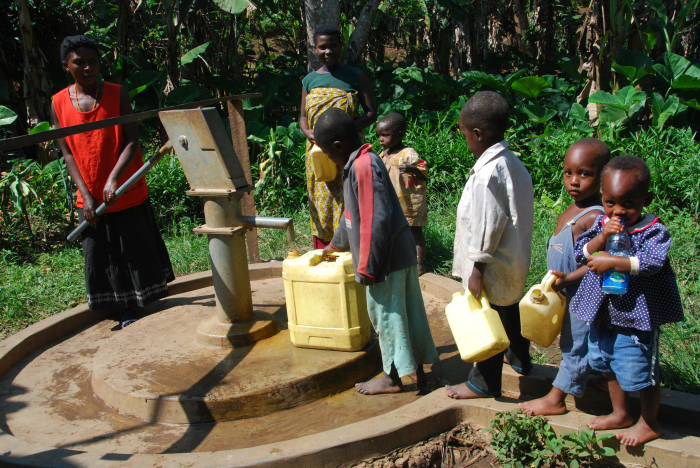
Why Water?
We all need to drink water to keep healthy. A grown person in a hot country may drink about 5.5litres of water a day. And this water must be free of pathogenic organisms. All the water that we drink comes from the clouds, usually as rain. Fresh rain water is usually very pure and safe to drink. Because the clouds from which it comes are formed by the condensation of water vapour. when rainwater falls from the clouds to the earth it may collect in streams, rivers and run into lakes or into the sea. water from these sources and from plants, evaporates again to form more clouds as it condenses. This sequence is known as water cycle. As rainwater runs over the surface of the ground, many substances dissolved in it. It is unusual for these dissolved substances to be present in a high enough concentration, will be harmful to people drinking the water, but they enable all sorts of micro organism to live in it. These organisms include bacteria algae, and protozoa.
Some of these organisms are pathogens and many of them get into the water as a result of people urinating or defecating into near or near the water. Maximum number of pathogenic organisms must be taken into the body in order to produce signs and symptoms of disease. If the pathogens in the excreta from a small village pass into a large, fast flowing river then they are so diluted that they will be unlikely to cause disease to people drinking the water in the lower stream. But if the sewage from large town runs, untreated into a river, then the risk to people drinking that water is much greater. Whatever the source of water, it must supply a sufficient quantity to meet the needs of the community. It is helpful if the source provide water that is naturally pure. But they may not be enough of it to meet daily needs except in region where there is a high rainwater on most days. water from a stream or river that has not passed any other human community and is therefore not polluted may be safe to drink, but people careless about where the urinate and defecates then the organisms of water borne diseases may easily get into river water. Water collected from roofs and rivers is called surface water. River water is often made unsafe to drink as a result of people urinating defecating and other extra activities. Rain water collected from the roof is usually pure, and also water may also be obtained from underground. As water soaks from through the soil it reaches the underlying rock, If the rock is impervious or waterproof, then the water collects above the rock surface and either forms an underground store called the aquifer or if the rock surface slopes, flows along and appear as a spring. The water is filtered to some extend as it passes through the soil, but such filtration usually removes only mineral particles. While many bacteria pass through. Such water is not pure. In some parts of the world, the underlying rock is limestone and this is porous and therefore pervious to water.
However the pores are very small and water has passed through the limestone is usually free from bacteria and safe to drink, Though it contains dissolve calcium salts.
For people in developing countries,
clean water can change everything.
All natural resources water will always be the most precious if it is not readily affected both our lives and the quality of water itself. All of which it is familiar story for the village on the hills of Taiyor without fresh water of their own. School children have to scramble down the steep slopes to fetch supplies. Due to these limitations it has cause poor hygiene and sanitations, poor quality crops and lifestock. Ntamayuk foundation aid to pump water to the village with the aid of machines from the valleys to hill side school. And about 2800 will benefit from this. The school population is about 300 pupils with the proportion of about 220 girls and 80 boys, with the access of good drinking water will help to reduce certain water borne diseases such as typhoid, cholera, bilhazer and many more.
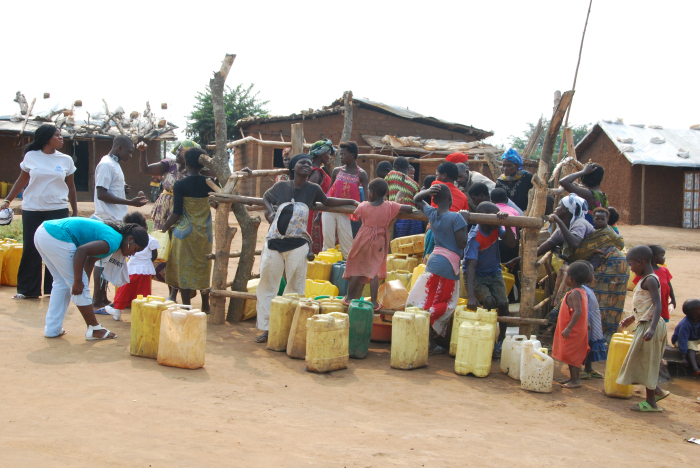
Impact of plastics on environment
Plastic carried by water flows downhill to the sea causes plastic pollution to reach the oceans. Rivers, for example, transport a lot of plastic to the sea. … Even in gentle winds, plastic, which is very light, blows away – especially from landfill sites where it is dumped.
Plastic has many negative effects on the life of the living organisms in the earth. Some of the environmental impacts of plastic wastes are listed below
1. Degradation of land
Throwing of plastics on the land creates an untidy environment and also pollutes the soil. The toxic substance released from the plastic wastes affects the growth of plants and trees on the land.
2. Pollution of ground water
Rain water harvesting is one of the most commonly followed methods to increase the level of ground water. The plastic wastes dumped on landfills will interact with rain water and will form some hazardous chemicals. The chemicals formed will affect the quality of ground water and pollutes the water.
3. Ecosystem imbalance
Disposal of plastics on rivers, lakes and ponds will release toxic substance and will poison the plankton living in water. If the big fishes eat that poisoned plankton, then the entire food chain will be affected and it will lead to an imbalance in the ecosystem.
4. Air pollution
Burning of plastics introduces pollutants into air and cause air pollution. Carbon Monoxide, Dioxin, Chlorine, Nitrides, Amines, Furans, Hydrochloric acid, Benzene, Styrene, Acetaldehyde and CCl4 gets emitted when plastic is burned. The pollutants released in the air affect the ozone layer and cause global warming. When the chemicals released during the burning of plastics ascend into higher atmosphere it may cause acid rain.
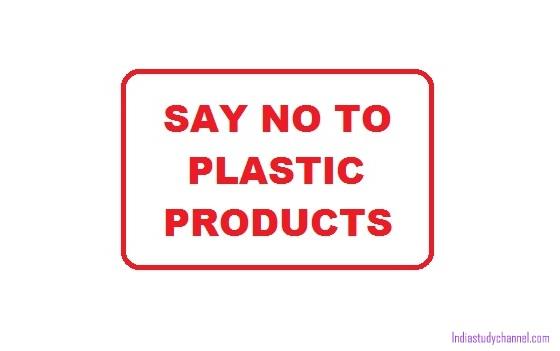
5. Threat to animal health
Animals especially cattle eat plastic bags found on the road side. Plastic materials are not digestible by the stomach and it may lead to stomach upsets. Sometimes the components present in plastic bag releases chemical toxins during digestion process and causes poisoning.
6. Affects marine life
Fishing using plastic fishing nets introduces toxins into the ocean and pollutes the water. The toxins released in the water may create harm to marine life and cause loss of biodiversity.
7. Health effects on human
Degradation of plastic wastes on water resources releases toxins and causes cancerous diseases. Consuming hot consumables in plastic cups and plates can lead to endocrine disruptors and hormone mimicking. Release of toxic chemicals and various types of gases during the manufacturing process can affect the environment and create health problems to human. Consumption of contaminated fishes with toxins may create serious health issues to the humans. Inhaling the smoke from burning plastics causes breathing problems.
Tips to control plastic pollution- Reduce, Reuse and Recycle
Plastic pollution is caused due to the human activities and it is the responsibility of humans to control the pollution and save the environment. The plastic pollution can be controlled using the following ways
- An alternative to plastic utensil should be used.
- Avoid using disposable plastic water bottles and use reusable water bottles.
- Environmental awareness and education on conservation of environment should be given to people.
- Usage of natural packaging materials like banyan leaf, bamboo utensils, etc. should be encouraged in hotels and restaurants.
- All the stores and shops must avoid providing plastic carry bags to their customers and should supply cloth bags and reusable carry bags to carry grocery items and dress materials.
- Garbage should be properly disposed. Improper disposal and dumping of plastic wastes on roads and water resources should be avoided.
- Reduce the usage of unwanted plastic products in the house, office and in the environment.
- Instead of thrashing plastics bottles, the disposable water bottles can be reused as water bottle sprinkler, pen stand, magazine rack, etc.
- Recycling of plastic products should be strictly followed.
Conclusion
Plastic pollution is a major threat to the environment. It is the responsibility of the people to save the mother earth from getting polluted. As per the Central Pollution Control Board (CPCB) , out of which 91% was collected, and 27% was treated and remaining. In Cameroon Environment and Nature Protection, about 600,000 tons of plastic waste were identified in 2018, a figure that justifies the commitment of actors involved in environmental protection disposed of at dump sites in Cameroon, Improper disposal of plastic wastes will have a wide impact on the environment. Recycling of waste products, using green alternatives and proper disposal of wastes should be strictly followed to make the planet free from plastic pollution. Each and every human is responsible to conserve the environment by reducing plastic pollution.“Reduce, Reuse and Recycle” the plastic wastes to conserve the environment
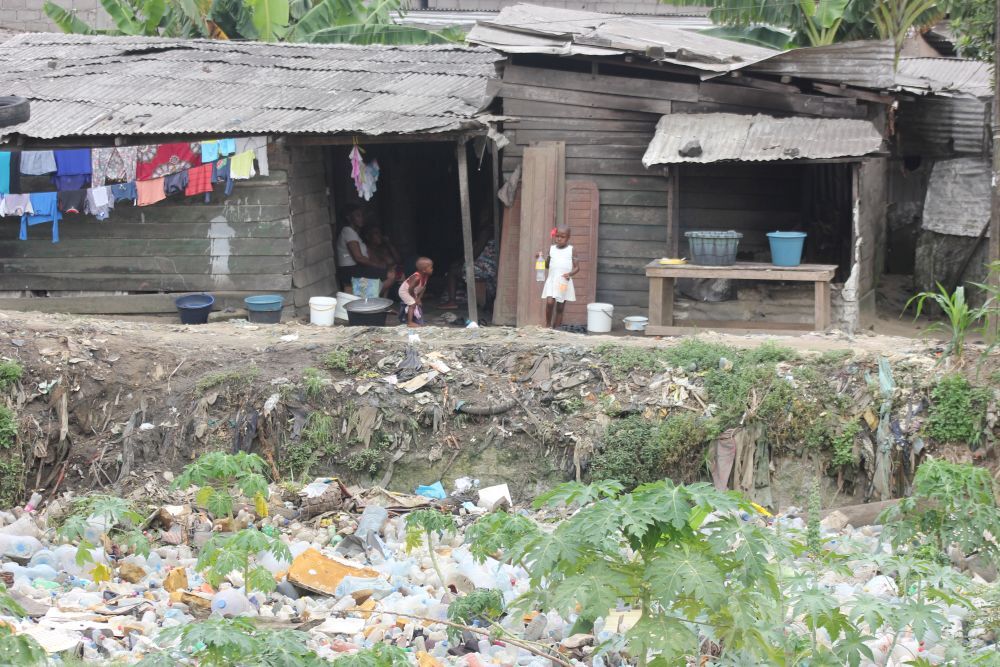
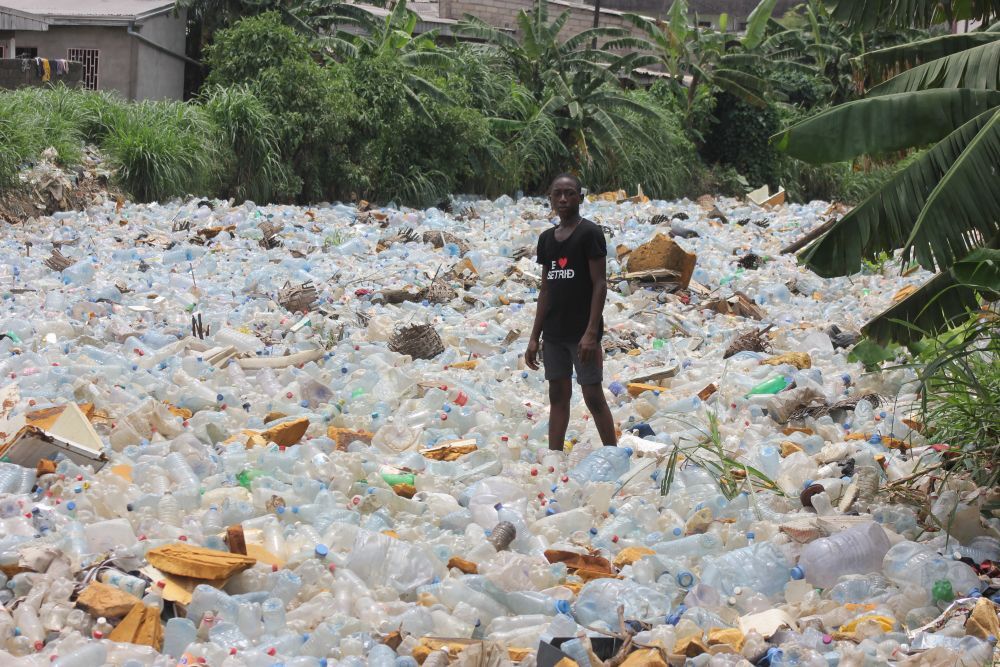
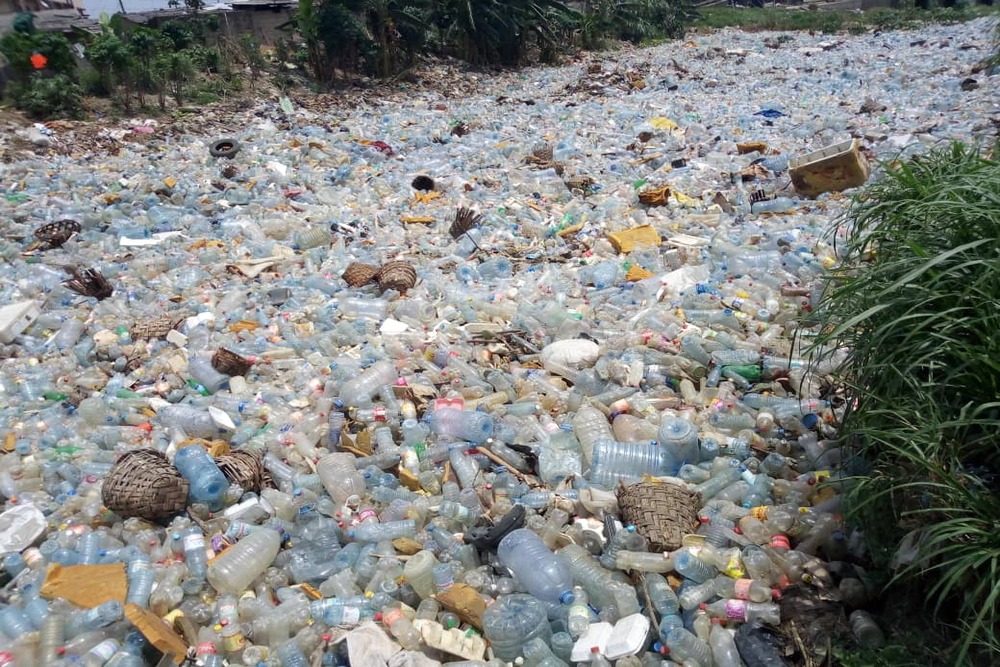

Climate change Content
Climate change, biodiversity loss and pollution can be tackled jointly within the framework of the Sustainable Development Goals, clear and digestible facts-based messages that the world can relate to and follow up on. It first provides an Earth diagnosis of current and projected human-induced environmental change, by putting facts and interlink ages in perspective, including by using smart info graphics. In building on this diagnosis, the report identifies the shifts needed to close gaps between current actions and those needed to achieve sustainable development. The analysis is anchored in current economic, social and ecological reality and framed by economics and the 2030 Agenda for Sustainable Development. By synthesizing the latest scientific findings from the global environmental assessments, the report communicates the current status of the world’s urgent issues and opportunities to solve them.
Importance of Tree Planting
As trees grow, they help stop climate change by removing carbon dioxide from the air, storing carbon in the trees and soil, and releasing oxygen into the atmosphere. Trees provide many benefits to us, every day.
Trees contribute to their environment by providing oxygen, improving air quality, climate amelioration, conserving water, preserving soil, and supporting wildlife. During the process of photosynthesis, trees take in carbon dioxide and produce the oxygen we breathe.
Pupils and students of manyu Divisions in the southwest Regions of Cameroon have been advised to make tree planting a culture.
“When you plant trees around your school campus, you will have more oxygen on campus that contributes in increasing your level of understanding in class” Agroforestry Coordinator told students and pupils in manyu Division of the southwest Region. Encouraged each learner to plant a tree monitor to ensure its survival. The pupil and students were also called upon to sensitizing their parents on some agroforestry practices like alley cropping, contour farming and life fencing.
“When you get home, tell your parents the importance of trees and advise them to plant more trees especially around your houses and in the farms,”
For their part, the pupils and students expressed total satisfaction being schooled on lessons of nature. Most of them resolved to plant as many trees as they can when they will have the seedlings.
Humanity is waging war
Humanity is waging war on nature. This is senseless and suicidal. The consequences of our recklessness are already apparent in human suffering, towering economic losses and the accelerating erosion of life on Earth.
Ending our war does not mean surrendering hard-won develop- ment gains. Nor does it cancel the rightful aspiration of poorer nations and people to enjoy better living standards. On the contrary, making peace with nature, securing its health and building on the critical and undervalued benefits that it provi- des are key to a prosperous and sustainable future for all.
The urgent need to transform our relationship with nature risks being overlooked amid the huge suffering inflicted by the COVID-19 pandemic. Saving precious lives and livelihoods is our top priority. But by exposing humanity’s vulnerability, the pandemic can also help make 2021 a turning point towards a more sustainable and inclusive world.
Plastic bottles
In Cameroon, plastic bottles, plastic bags, old rubber tyres, end of lives energy saving bulbs, and glass thermometers are frequently and carelessly dumped either on unused land or in water ways, with the risk of transportation to other water bodies such as lakes or rivers. To eliminate this visual pollution, people living near these spontaneous dumping sites often turn to open burning of waste, with consequences for both ecosystems and human health.
Clean Care
In Cameroon, plastic bottles, plastic bags, old rubber tyres, end of lives energy saving bulbs, and glass thermometers are frequently and carelessly dumped either on unused land or in water ways, with the risk of transportation to other water bodies such as lakes or rivers. To eliminate this visual pollution, people living near these spontaneous dumping sites often turn to open burning of waste, with consequences for both ecosystems and human health.




